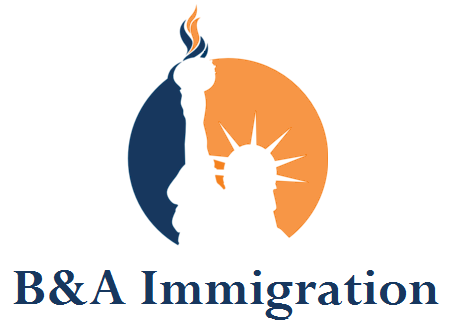The H-1B Specialty Occupation visa has a high demand and a very low supply. If you receive a job offer from a new US employer, this is generally the only visa you will be eligible for in order to work in the US. Currently there are only 65,000 of these visas available each year, with the exception of an additional 20,000 that are set aside for those who have obtained an advanced degree in the US.
What does this mean?
It means that if these visas run out, then there are no more of them available until the following April (2017), for work to commence in October 2017. This is unless Obama issues an Executive Order on this issue, increasing the cap, or immigration reform is finally passed. Both scenarios seem unlikely at this moment.
Immigration Reform Proposal by the Senate
Almost 2 years ago the Senate passed proposed immigration reform, but this is unfortunately not agreed by the House, nor has anything been passed or discussed in a while. The Bill specifically refers to the H-1B cap, and proposes an increase from 65,000 to 110,000. The visas available for US-based advanced degree holders will increase from 20,000 to 25,000; however, there is an additional requirement that these 25,000 advanced degree graduates must be in a science, technology, engineering, or mathematics field. In total, there would be a proposed 135,000 H-1B visas available the first year that the law is enacted compared to the current 85,000.
What happened in April 2014?
Last year it was announced that the US Citizenship and Immigration Services (USCIS) had received sufficient H-1B petitions by April 7th, i.e. by this date last year. This included the 20,000 visas set aside for holders of a US advanced degree.
172,500 petitions were received. A computer-generated process randomly selected the number of petitions needed to meet the caps of 65,000 visas for the general category and 20,000 under the advanced degree exemption. USCIS rejected and returned filing fees for all cap-subject petitions that were not selected. Over 50% of the petitions were rejected.
What is likely to happen this time around?
Following 2014 and 2015 fiscal years, it is predicted that the H-1B cap will be met this week and go to a lottery. Not an ideal situation for a many US companies and potential employees.
Are there alternative visas to the H-1B?
It depends. If you currently work for an organization, which is affiliated to the US company that wants to hire you, you may be eligible for an L1 Intra-company transfer visa. You would need to work for the foreign company for at least 12 months, but even if they hired you now, you would be eligible for a transfer before an H-1B next year! You may also want to avoid the risk of the H-1B lottery.
If the company that wants to hire you in the US has at least 50% shareholders that hold the same nationality as you, you may be eligible as an E-2 employee, assuming the organization has invested a substantial amount of capital. For example, if you are a UK national, and the US employer’s company has shareholders with 50%+ UK nationals, you may qualify as an E-2 Employee. The 12 month requirement does not apply to E-2 Employees, so you could be newly hired.
If you missed the H-1B boat, but the US Company really wants you to work for them, you could always work remotely, and travel on ESTA/Visa-Waiver for eligible business travel. If you are required in the US for a specific project, you may also qualify for a B-1 in lieu of H-1B visa, which is a special annotated business visa.
For further advice on H-1B, L-1, E-2, ESTA/Visa-waiver eligible business travel, and B-1 in lieu of H-1B, please contact our office to schedule a free consultation.
